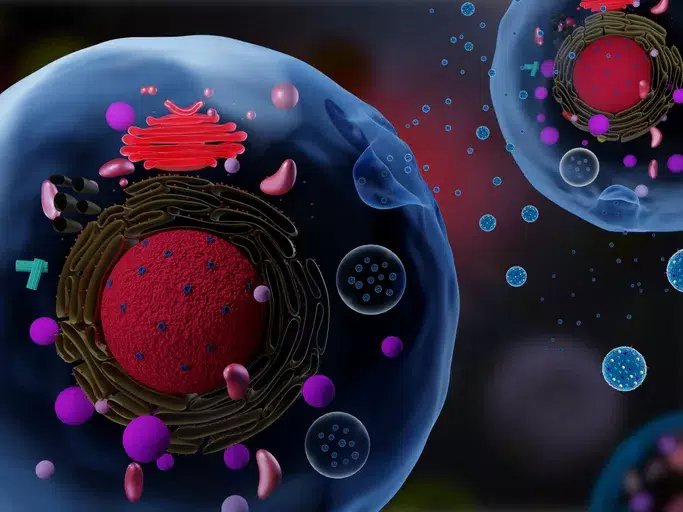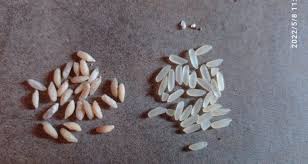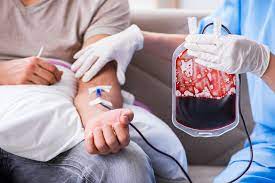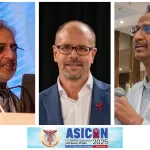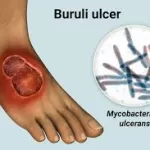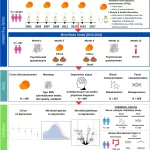New Delhi: A recent study conducted by the Indian Council of Medical Research (ICMR) has revealed that elderly and middle-aged individuals are at a significantly higher risk of developing and succumbing to cancer in India. The study, published in The Lancet Regional Health Southeast Asia, provides critical insights into the cancer burden across different age groups in the country.
Key Findings of the Study
The study indicates that individuals aged 70 years and above have the highest risk of developing cancer, with more than 10 percent of this demographic being affected. Additionally, the mortality rate for this age group stands at 7.7 percent.
For middle-aged individuals (15-49 years), the risk of developing cancer is estimated at 8.3 percent, while their chances of dying from the disease are around 5.5 percent. Researchers have highlighted the urgent need for targeted interventions to mitigate the increasing cancer burden in India, given that approximately 70 percent of cases and deaths occur among middle-aged and older adults.
Projected Rise in Cancer Cases
The ICMR researchers have projected a substantial rise in cancer-related deaths over the next two decades. With India’s aging population, cancer incidence is expected to rise by an estimated 2 percent annually, posing a significant healthcare challenge.
The study utilized data from the Global Cancer Observatory (GLOBOCAN) 2022 and the Global Health Observatory (GHO) databases to analyze trends in 36 different types of cancer across various age groups and genders in India over the past 20 years.
Alarming Mortality Rate and Common Cancer Types
A startling finding from the study is that three out of every five people diagnosed with cancer in India are likely to succumb to the disease. Additionally, five common types of cancer collectively account for 44 percent of the country’s total cancer burden.
Among these, breast cancer remains the most prevalent cancer among women, accounting for 13.8 percent of all newly diagnosed cases. Cervical cancer follows closely behind, contributing to 9.2 percent of cases.
Conclusion
The study underscores the pressing need for improved cancer screening, early detection, and enhanced treatment facilities to tackle India’s growing cancer crisis. Researchers emphasize that effective public health policies and awareness campaigns targeting middle-aged and elderly populations could play a crucial role in reducing cancer-related mortality rates.
Disclaimer:
This article is based on findings from the ICMR study published in The Lancet Regional Health Southeast Asia and other publicly available sources. Readers are advised to consult medical professionals for personalized health assessments and cancer prevention strategies. The information presented here should not be considered a substitute for professional medical advice.

